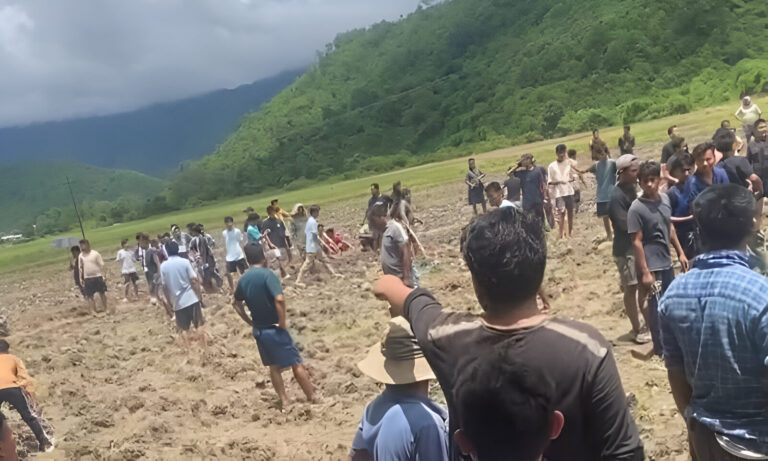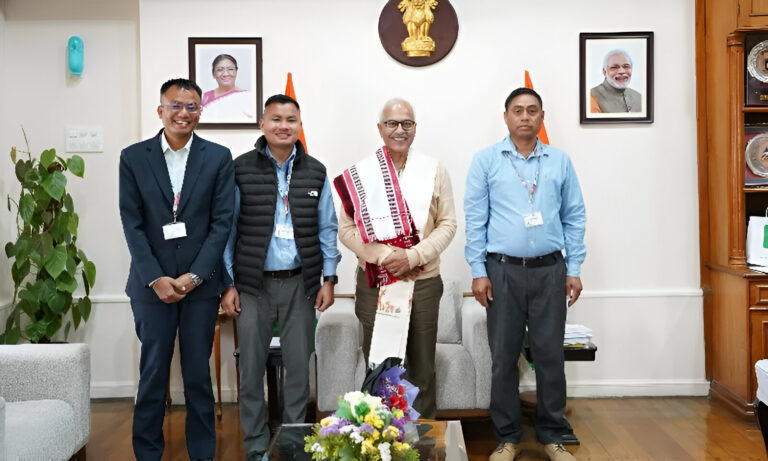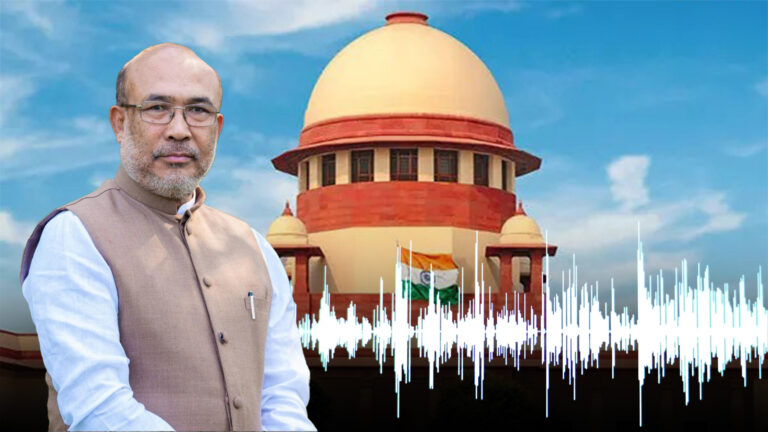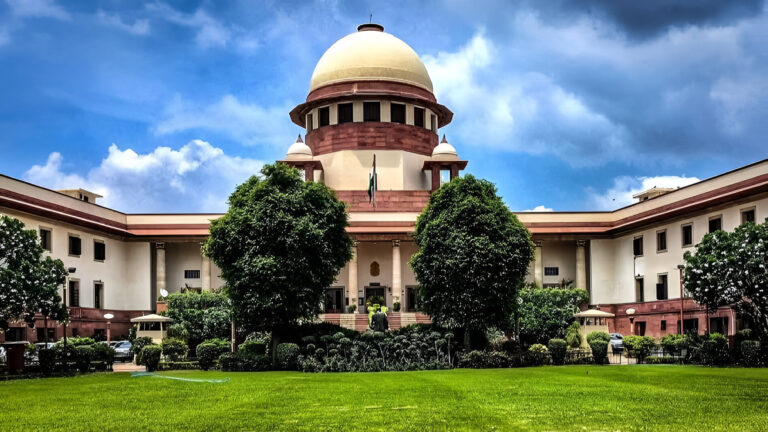Manipur Government’s Commitment to Inclusive Development Since 2017: A Comprehensive Overview
Since 2017, the Manipur government, under the leadership of Chief Minister N. Biren Singh, has been steadfast in its mission to promote balanced development across both the hill and valley regions. Despite challenges such as the COVID-19 pandemic and ethnic tensions, the administration has launched numerous initiatives aimed at fostering growth and reducing regional disparities.
Introduction
Hey there! Have you ever wondered how a government tackles the challenge of ensuring balanced development across diverse terrains and communities? Well, let’s take a journey through Manipur’s recent endeavors to bridge the gap between its hill and valley regions. It’s a tale of commitment, resilience, and visionary planning.
The Genesis of a Developmental Vision
Back in 2017, when the current administration took the reins, they faced a daunting task. Manipur, with its unique topography and rich tapestry of communities, presented both opportunities and challenges. The government recognized that to foster unity and progress, it was essential to ensure that development touched every corner of the state, from the bustling valleys to the serene hills.
Overcoming Hurdles: The Pandemic and Ethnic Tensions
Life threw a curveball with the onset of the COVID-19 pandemic. Just as the world grappled with this unforeseen adversary, Manipur wasn’t spared. The pandemic disrupted plans, strained resources, and tested the resilience of its people. But the government’s resolve remained unshaken.
Adding to the complexity were ethnic tensions, notably between the Meitei and Kuki-Zo communities. Such conflicts threatened to widen the chasm between different regions and impede developmental initiatives. Yet, the administration approached these challenges head-on, emphasizing dialogue, understanding, and inclusive growth.
Key Initiatives and Projects
Now, let’s dive into some of the standout projects that have been instrumental in transforming Manipur’s landscape:
- Infrastructure Development in Kangpokpi DistrictIn a significant move under the ‘Go to Hills 2.0’ initiative, the government inaugurated 21 projects worth ₹28.97 crore in Kangpokpi district. These projects spanned various sectors, aiming to uplift the socio-economic status of the residents.
- Startup Manipur SchemeRecognizing the entrepreneurial spirit of its youth, the government launched the Startup Manipur Scheme. Since its inception, around 6,000 startups have received financial assistance, fostering innovation and providing employment opportunities across the state.
- Vision 2047Looking ahead, the ‘Manipur Vision 2047’ roadmap was unveiled, outlining a strategic plan for rapid and sustainable growth over the next 25 years. This visionary document serves as a guide for governmental departments and development partners in crafting specific initiatives tailored to the state’s unique needs.
- 100-Day Action PlanDemonstrating a commitment to swift action, the administration launched numerous schemes and projects under the ‘100-Day Action Plan.’ This initiative focused on sectors like infrastructure, health, and education, ensuring that development was both immediate and impactful.
- Welfare Schemes and Financial AssistanceIn a bid to provide direct benefits to its citizens, the government distributed over ₹300 crore to more than 4 lakh beneficiaries. These welfare schemes aimed to alleviate economic hardships and promote inclusive growth.
A Commitment to Inclusive Growth
Throughout these endeavors, a recurring theme has been the government’s unwavering commitment to ensuring that both hill and valley regions progress hand in hand. Chief Minister N. Biren Singh has consistently emphasized that there is no discrimination in the allocation of welfare projects, striving for equitable development across all districts.
Challenges on the Horizon
While significant strides have been made, the journey is far from over. The state continues to grapple with challenges such as:
- Ethnic Conflicts: Persistent tensions between communities can hinder developmental efforts. The government remains focused on fostering dialogue and understanding to build a harmonious society.
- Infrastructure Gaps: Despite progress, certain remote areas still lack essential infrastructure. Bridging this gap is crucial for holistic development.
- Economic Diversification: There’s a need to diversify the state’s economy beyond traditional sectors, promoting industries like tourism, IT, and agro-based enterprises.
The Road Ahead
Looking forward, the government’s strategy encompasses:
- Enhanced Connectivity: Improving road networks and digital infrastructure to ensure that even the most remote areas are accessible and connected.
- Sustainable Development: Emphasizing eco-friendly projects that preserve the state’s rich biodiversity while promoting growth.
- Community Engagement: Involving local communities in decision-making processes to ensure that development aligns with their needs and aspirations.
Conclusion
Manipur’s journey since 2017 is a testament to what can be achieved with vision, commitment, and collaborative effort. While challenges persist, the state’s strides toward inclusive development are commendable. As the narrative unfolds, one can remain optimistic that Manipur will continue to shine as a beacon of balanced and sustainable growth.
FAQs
- What is the ‘Go to Hills 2.0’ initiative?It’s a government program aimed at accelerating development in Manipur’s hill districts by inaugurating and implementing various projects across sectors.
- How has the Startup Manipur Scheme impacted the state?Since 2017, the scheme has provided financial assistance to around 6,000 startups, fostering innovation and creating employment opportunities.
- What is the objective of ‘Manipur Vision 2047’?This roadmap outlines a strategic plan for the state’s rapid and sustainable growth over the next 25 years, guiding departments in implementing tailored initiatives.
- How does the government ensure inclusive development between hill and valley regions?The administration emphasizes equitable allocation of welfare projects and resources, ensuring balanced development across all districts.
- What are the main challenges to Manipur’s development?Key challenges include ethnic tensions, infrastructure gaps in remote areas, and the need for economic diversification.





